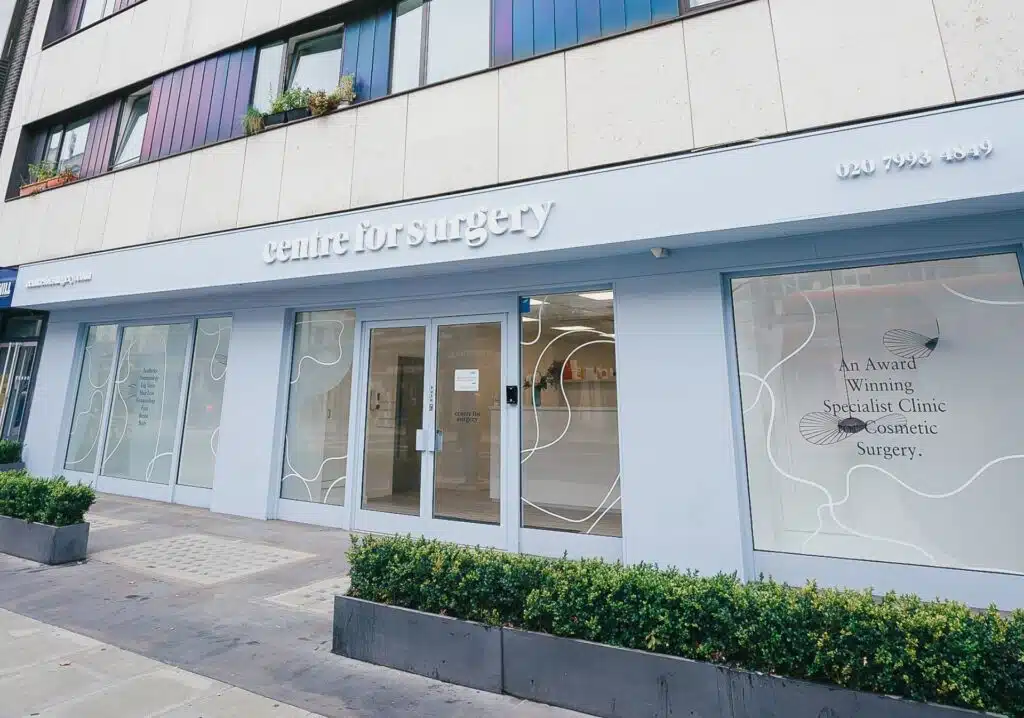Recovering from any surgical intervention demands attention and care, and this is especially pertinent when it comes to procedures like vaginoplasty. Postoperative care is critical to ensure proper healing and to prevent potential complications or infections. After undergoing a vaginoplasty, it is vital to give your body the time it needs to heal properly.
Following the surgery, strictly adhering to your surgeon’s aftercare instructions is important. This includes managing the surgical site with utmost care to foster correct healing and prevent any adverse effects. The recovery period is about allowing time for healing and understanding how to approach activities safely, including exercise. Knowing when and how to reintroduce physical activity into your routine is a key aspect of your long-term well-being and recovery. Ensuring that you follow these guidelines will help you to recover smoothly and maintain your health after the procedure.
Understanding Vaginoplasty: A Popular Cosmetic Gynaecological Procedure
Vaginoplasty is a highly requested cosmetic gynaecological surgery available at Centre for Surgery. This procedure primarily addresses vaginal relaxation syndrome—a condition often experienced after childbirth, significant weight loss, or due to ageing and hormonal imbalances. Vaginoplasty aims to tighten the vaginal canal, which can enhance sexual satisfaction by addressing issues of vaginal laxity.
RELATED: Vaginoplasty FAQs – Q&A about Vaginal Tightening Surgery
The surgery not only tightens the vaginal canal but also rejuvenates the appearance and feel of the vagina and perineum area, lending a more youthful aesthetic and feel. This aspect of vaginoplasty makes it a popular choice among women looking to regain confidence and comfort with their bodies. By making the vaginal canal smaller, a vaginoplasty effectively corrects the slackness that can occur from natural life events such as childbirth or significant bodily changes, providing a long-term solution for those seeking improvement in both function and appearance.
Key Aspects of Recovery After Vaginoplasty
Recovery after a vaginoplasty is a critical phase where the body needs to heal and adapt following the procedure. Immediately after surgery, engaging in a period of rest is vital, providing your body the opportunity to recover under optimal conditions. The postoperative care instructions issued by our doctors at Centre for Surgery are fundamental to a successful recovery. These guidelines typically encompass wound care, managing physical activity, and advice regarding the resumption of sexual intimacy.
RELATED: Is Vaginoplasty Painful?
The First Six Weeks of Recovery
The initial six weeks following a vaginoplasty are delicate and set the foundation for effective healing. During these early weeks, patients must take special care to avoid any actions that might jeopardise the recovery process. Strenuous activities, particularly those that exert pressure on the pelvic area, are to be strictly avoided. This includes lifting heavy objects, engaging in high-impact cardio exercises, and any other movements that could strain the surgical site.
RELATED: What Does it Feel Like After Vaginoplasty?
Instead, patients are encouraged to engage in light, gentle activities like short walks. These not only help maintain good blood circulation, which is essential for healing but also aid in gradually restoring physical capabilities without overwhelming the body. Such activities should always be undertaken with great caution and should only be increased gradually, depending on the patient’s comfort level and healing progress.
Sexual activity is another important aspect to consider. It is strongly advised that patients abstain from sexual activities during this initial recovery phase to ensure the surgical site is allowed the necessary time to heal properly and to prevent any complications. Following this guideline is vital for a successful recovery and helps to ensure the best possible outcome from the surgery.
Returning to Exercise After Vaginoplasty: A Guided Approach
The journey back to regular exercise after a vaginoplasty is a phased process that needs careful management to ensure health and safety. Here’s a structured plan to reintroduce physical activities, prioritizing a smooth transition tailored to the recovery stages:
Weeks 1-2: Prioritise Rest and Gentle Movement
In the first two weeks, the focus should remain on rest. Hydration and gentle movements are key; walking short distances around the house can help prevent stiffness and promote circulation. It’s important to avoid any exercise that could induce pain or discomfort.
Weeks 3-4: Introduction of Light Stretching and Low-Impact Activities
As healing progresses, you can begin to incorporate light stretching and low-impact activities such as gentle yoga. It’s crucial to avoid poses or movements that require deep squats, lunges, or significant abdominal pressure. Continue to listen to your body’s signals and prioritise rest to support recovery.
Weeks 5-6: Increase Activity Levels Gradually
If your healing is on track and you’re not experiencing complications, you might start to gently increase your activity levels. Gentle cycling on a stationary bike and mild lower-body exercises can be introduced, taking care not to exert direct pressure on the pelvic area.
Beyond Six Weeks: Stepping Up Activities
After the six-week mark, and with your doctor’s approval, you can resume more strenuous activities gradually. Reintroduce exercises slowly and pay close attention to your body’s response. Pelvic floor exercises are especially beneficial at this stage to strengthen the muscles around and within the vagina, enhancing both function and support.
Cardiovascular and Strength Training Considerations:
- Cardiovascular Exercise: Engage in low-impact cardio activities such as swimming, brisk walking, or using a cross trainer. High-impact activities like running or jumping should be avoided until complete healing and comfort are achieved.
- Strength Training: Start with focusing on upper body and core strength. As your recovery progresses, gradually incorporate lower body exercises, steering clear of heavy lifting or activities that directly strain the pelvic region.
About Centre for Surgery: Leading Expertise in Vaginoplasty
Centre for Surgery is at the forefront of cosmetic and reconstructive surgery in London, with a particular emphasis on providing expert vaginoplasty procedures. Our state-of-the-art clinic, located at 95-97 Baker Street, is renowned for its commitment to delivering the highest standards of care, ensuring each patient receives personalised treatments that are both safe and effective.
Our expertise in vaginoplasty stems from a deep understanding of the functional and aesthetic needs that drive individuals to seek such procedures. The surgical team at Centre for Surgery is composed of highly skilled professionals who specialise in the latest techniques in cosmetic gynaecology. Each surgeon brings a wealth of experience and a compassionate approach to patient care, ensuring outcomes that not only meet but exceed expectations.
At Centre for Surgery, we are dedicated to advancing the field of cosmetic surgery. Our surgeons regularly engage in ongoing education and contribute to research initiatives, staying at the cutting edge of technological and procedural developments. This dedication to innovation ensures that our vaginoplasty procedures offer optimal results, enhancing both physical comfort and confidence for our patients.
Patients choosing Centre for Surgery can expect a comprehensive care experience from consultation through to post-operative care. We believe in a holistic approach to cosmetic surgery, supporting patients and ensuring they are informed, comfortable, and confident throughout their journey with us.
Our commitment to excellence in vaginoplasty and patient care makes Centre for Surgery a trusted choice for those seeking to improve their quality of life through cosmetic gynaecological surgery. Whether addressing physical discomfort or aesthetic concerns, our goal is to provide outcomes that are transformative and deeply positive.











